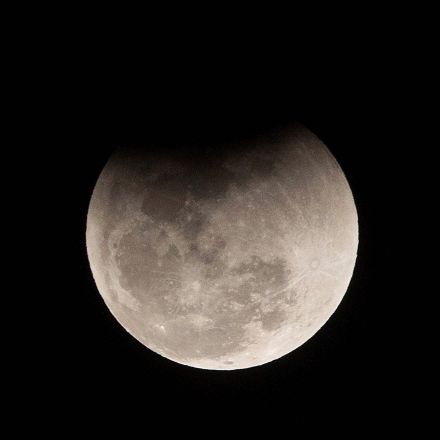
When the U.N. released its latest climate report in October, it warned that without “unprecedented” action, catastrophic conditions could arrive by 2040. For Amy Jordan, 40, of Salt Lake City, a mother of three teenage children, the report caused a “crisis.” “The emotional reaction of my kids was severe,” she told NBC News. “There was a lot of crying. They told me, 'We know what’s coming, and it’s going to be really rough.’ “
Continue reading...















































